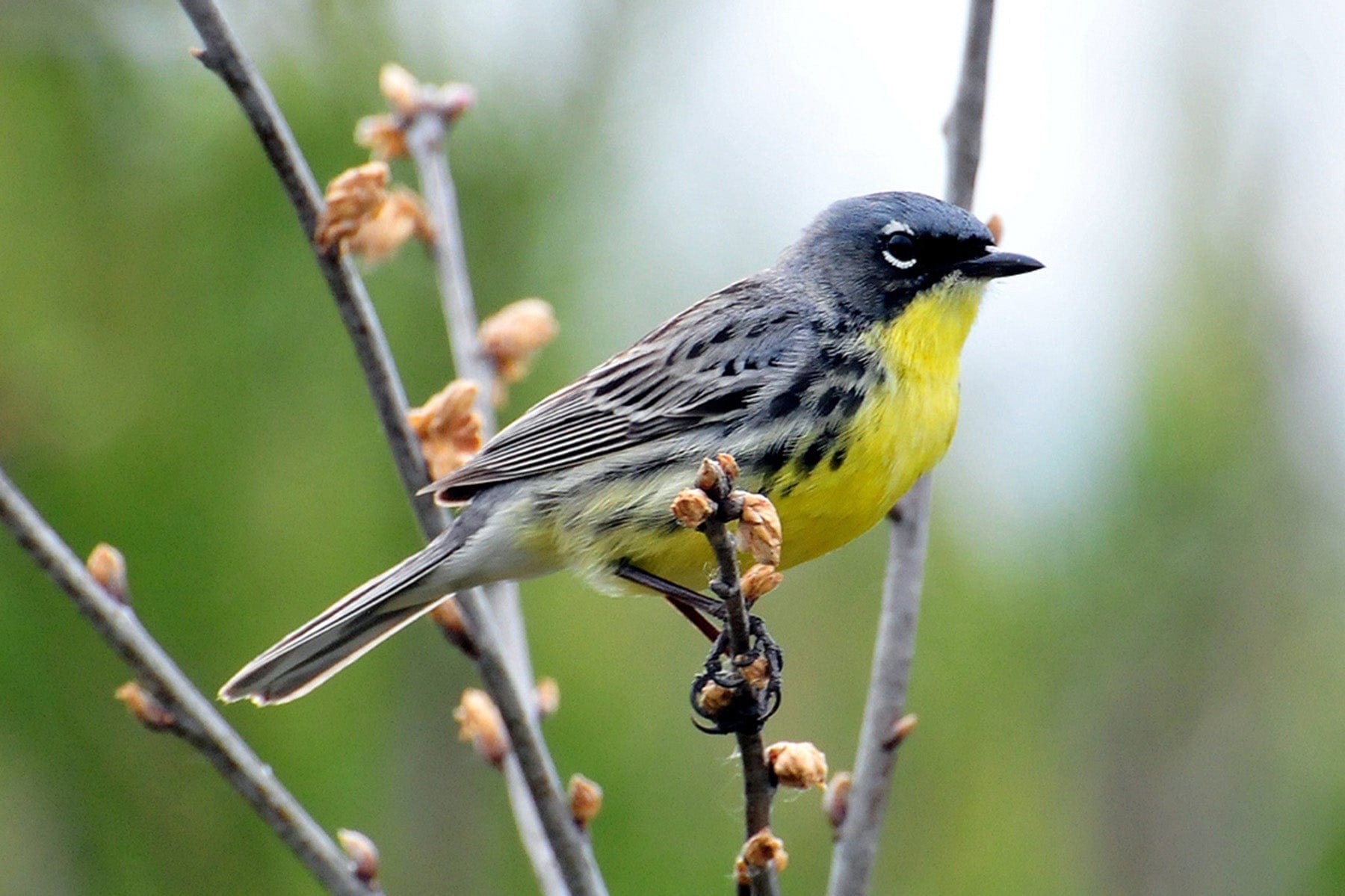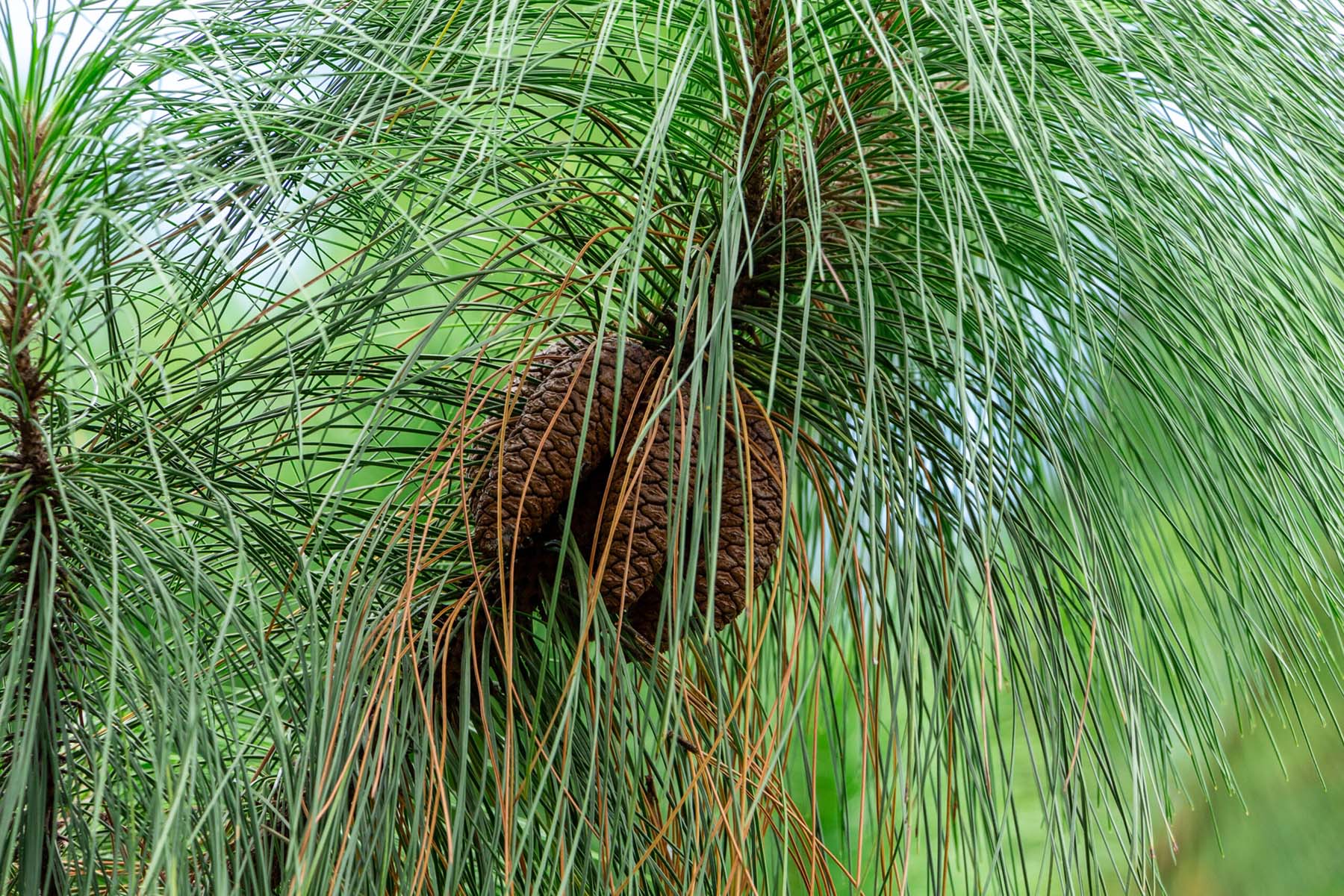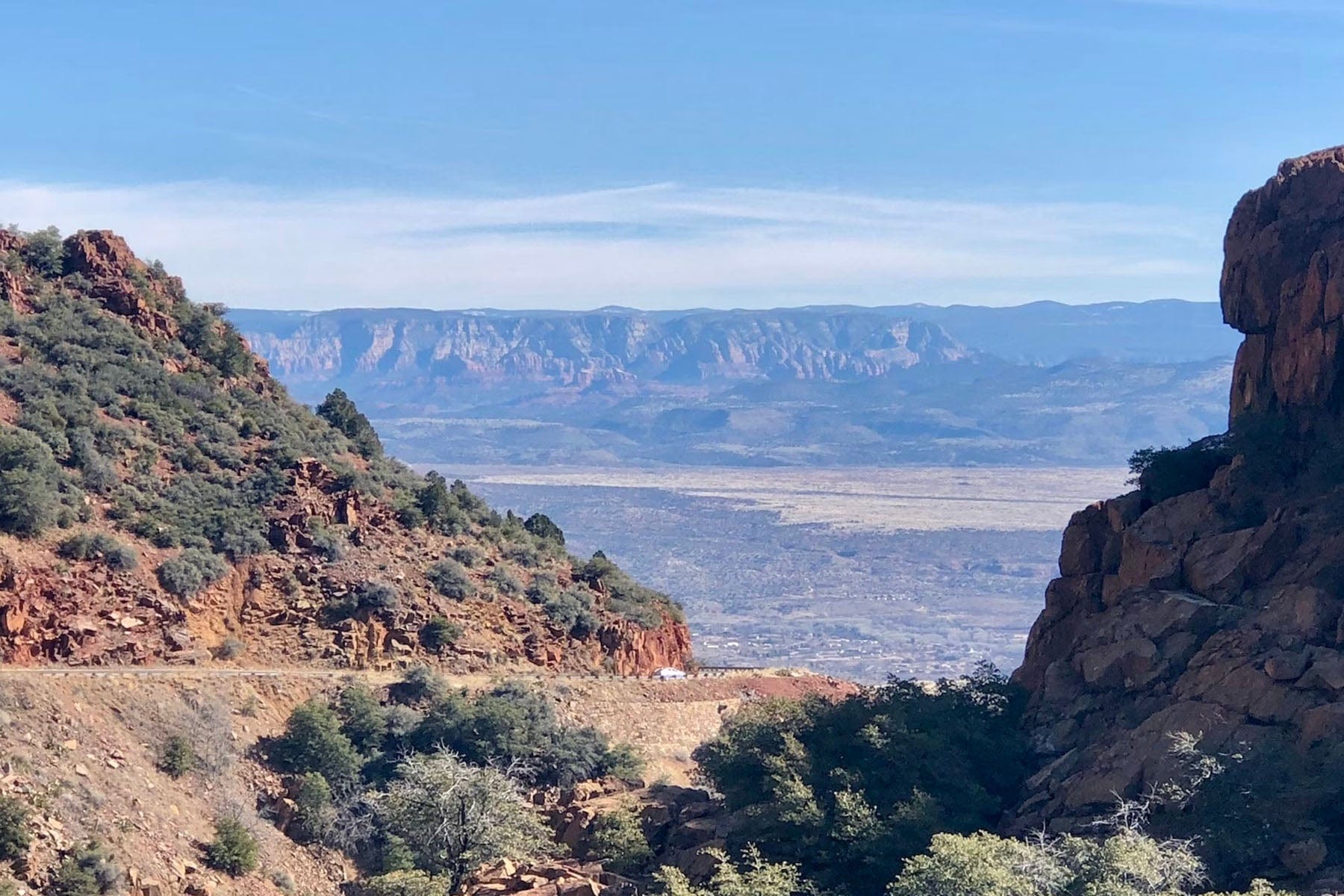Planting Trees in National Forests to Restore The Great Outdoors

Get news, updates, & event Info delivered right to your inbox:
Restoring United States National Forests, a Rich Natural and Cultural Resource
From sugar maples in the northeast to ponderosa pines in the west, National Forests are a rich natural resource for nature and communities across the United States. Together with the United States Forest Service, One Tree Planted is working to plant trees in National Forests through 20+ projects that are restoring land that has been damaged by events such as fires, extreme weather, disease, insect infestation, and more.
One benefit of reforesting public land is that healthy outdoor recreation spaces are bolstered, creating new opportunities for communities and visitors to connect with nature. Many of the United States' most iconic wildlife species, including the brown bear, white-tailed deer, and countless songbirds, will benefit from restored habitat.
Let’s explore the great outdoors together by learning more about a few of our projects that are helping to restore National Forests across the United States!

Habitat Restoration in Huron-Manistee National Forests
With its rich species diversity, the Huron-Manistee National Forest is an amazing resource for bird watchers and other wildlife enthusiasts. Vital breeding grounds for the endangered migratory songbird, the Kirtland Warbler, can be found here. This species, which has experienced a severe population decline in the last few decades, is just one that benefits from reforestation in this National Forest.
This project focuses on the restoration and maintenance of young jack pine forests. Jack pine is the primary tree species that is utilized by the Kirtland Warbler for nesting, and this project aims to improve the conditions of the forests by removing competing vegetation and promoting the growth of new jack pines. This will create a more suitable Kirtland Warbler breeding habitat and help support the recovery of the species.

Longleaf Restoration in Apalachicola National Forest
The longleaf pine is known for its beauty and outstanding resilience, but since the 1920s, this species has struggled to return due to human activities and management practices, including fire suppression. Over 30 endangered species rely on these beautiful trees for habitat and protection, so restoration efforts for the longleaf are vital. In Florida, longleaf restoration is a key goal of our reforestation project in the Apalachicola National Forest.
This project aims to restore forest habitats and help endangered species recover from habitat degradation. By helping to restore over 130 hectares of land, this project helps restore these forests to their historical conditions. This will allow the longleaf pine species to flourish again, helping to improve surrounding ecosystems and biodiversity.

Post-Fire Restoration in Prescott National Forest
In 2019, the Sheridan Fire burned through over 21,000 acres of land in the Camp Wood area of the Prescott National Forest, devastating habitats and species in Arizona. Most of the fire burned through Pinyon-Juniper evergreen shrub and chaparral vegetation types, but about 3,500 acres burned through ponderosa pine forests on the fire's east side.
This project will be the first planting in the Prescott National Forest in 10 years, and will begin with planting 100 acres throughout the year. Ponderosa pines will be planted within the Stringtown Wash watershed, which has been identified as a priority watershed in the Prescott National Forest.
The Camp Wood area of the Prescott National Forest is a beautiful, shaded ponderosa pine forest. It is a popular recreation area for the people of Prescott, Chino Valley, and Phoenix. The area is home to elk, mule deer, and wild turkey and is a habitat for the Northern Goshawk, so restoration here will help impact these incredibly important species and surrounding communities.

Natural Disaster Restoration in Texan National Forests
This project is helping to restore National Forests across Texas after a tornado devastated the lands and impacted habitats and biodiversity in 2019. Just over 100 hectares of land will be restored as longleaf and shortleaf pines are planted to restore habitat for wildlife, including the Red-cockaded woodpecker.
Longleaf pine is an important species for this area, as it increases biodiversity, provides food and shelter for wildlife, and enriches the soil. It also helps to improve water quality by slowing runoff and filtering pollutants. The trees’ deep root systems also help to reduce erosion and provide stability to the soil. This restorative project will help improve the land's health and is an important step in watershed restoration.
How Can You Make a Difference for National Forests?
United States National Forests provide a range of natural and cultural resources to people and wildlife across the country. These lands are conserved with the goal of ensuring their long-term health and productivity, providing rich outdoor recreational opportunities, and supporting local economies through sustainable land use practices. Although they are protected lands, they are impacted by climate change, extreme weather, and other factors. By planting trees in National Forests, you are helping to ensure that future generations will be able to enjoy the many benefits they provide.
Get news, updates, & event Info delivered right to your inbox:
Related Posts
Real vs. Fake Christmas Trees: Which is Better For the Environment?
20/11/2025 by Meaghan Weeden
8 Reasons to be Grateful for Trees This Thanksgiving
18/11/2025 by Meaghan Weeden
The Ultimate Guide to Sustainable Holiday Gifting
13/11/2025 by Meaghan Weeden
Popular On One Tree Planted
What Causes Deforestation?
10/07/2025 by Meaghan Weeden
8 Amazing Bamboo Facts
14/01/2025 by Meaghan Weeden
Inspirational Quotes About Trees
09/01/2025 by Meaghan Weeden
Fundraising Disclosures

Be Part of the
Restoration Movement
The Grove is more than just a monthly giving program: it's a vibrant community of individuals who are dedicated to reforestation and environmental restoration on a global scale.
As a member of The Grove, you affirm your commitment to restoring forests, nurturing biodiversity, and fostering positive global change.





